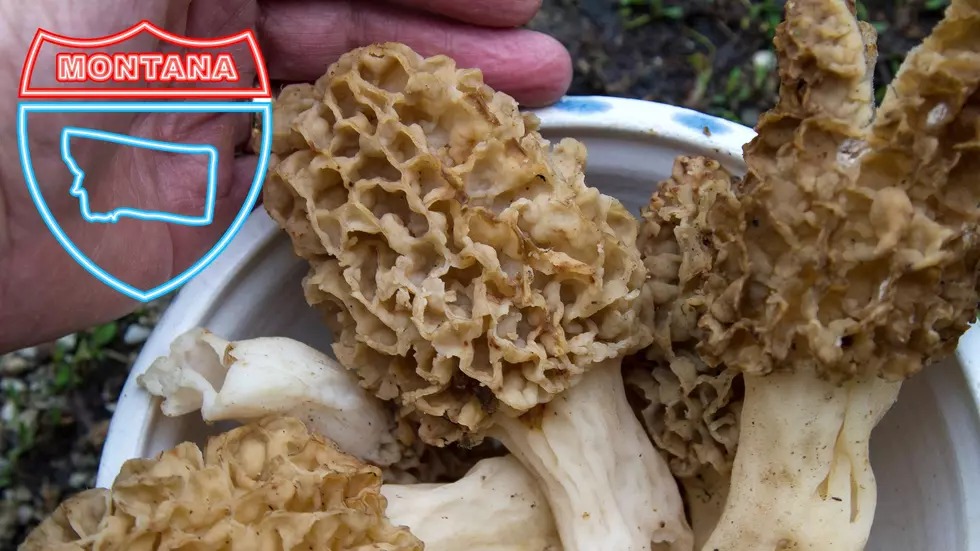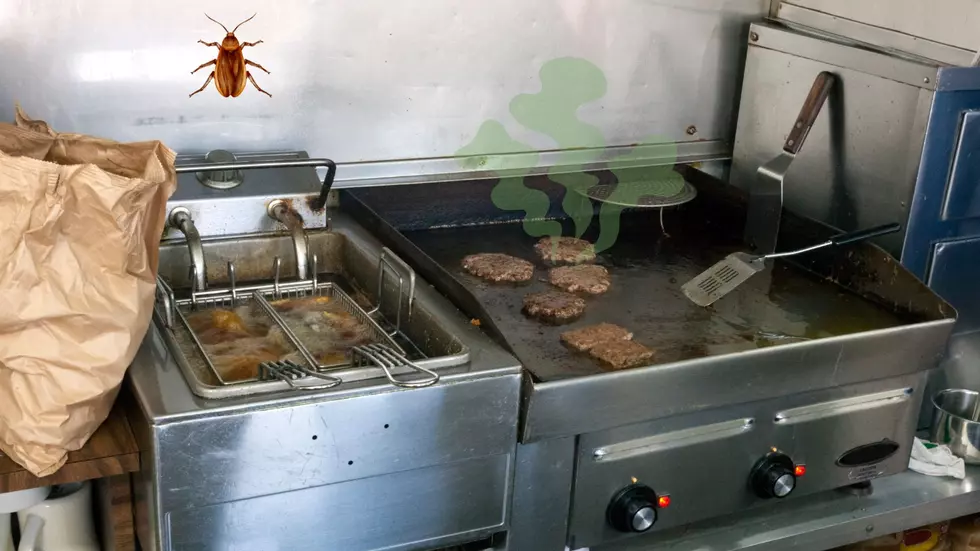
North Dakota Is Getting Colder But Don’t Let Them In
The cold weather brings most people indoors more often than not; however, that cozy experience can quickly go awry when a mouse scurries across the floor.
Your family may not be the only ones who appreciate the warmth of your home. Pests with longer life cycles, such as rats, mice, cockroaches, and some spider species, must find shelter throughout the winter to survive. These bugs can endanger both persons and homes.
Rodents can chew on electrical cables and drywall when establishing their nests in walls, and they are known to transmit infections such as salmonella and Hantavirus. Cockroaches can contaminate stored food, leave droppings around the house, and cause allergic asthma attacks in children. Furthermore, some spiders typically seen around dwellings are poisonous.
The National Pest Management Association (NPMA) has provided ten pest-proofing strategies that every household can use to keep pests outside during the fall and winter:
Screen attic vents and chimney openings, as well as any other spots where dwellings may be exposed to the elements, such as mail holes and animal doors.

Keep basements, attics, and crawl spaces dry and well ventilated. Pests are drawn to locations with moisture, which they require to survive. Basements and garages can be kept dry by using dehumidifiers.
Caulk and steel wool can be used to seal gaps and crevices on the outside of the house. Take note of where utility pipes enter the structure. Some rodents can fit through a dime-sized hole.
Keep kitchen countertops clean, store food in airtight containers, and dispose of rubbish in sealed containers on a regular basis. Pests looking for food are drawn to crumbs and rubbish buildup. Cleaning up after each meal is suggested, as is properly closing garbage cans when they are stored in the home or garage.
Repair loose mortar around the foundation and windows and replace weatherstripping. These are simple methods for keeping not only pests but also cold air out of the house.
Keep vegetation trimmed and firewood stored at least 20 feet away from the home. Removing spots where pests might hide near your home can help lessen the likelihood of them getting inside.
Replace damaged screens and install door sweeps. Household pests can enter through ripped window screens and holes under doors. When you open a window, you may be allowing more than simply fresh air in.
Before bringing products such as boxes of decorations, package delivery, and supermarket bags inside, inspect them. Pests can find inventive methods to enter a property. Inspect or shake out anything that has been left or stored outside.
Avoid leaving pet food bowls out for extended periods of time. Pests do not distinguish between human and cat food. Pet dishes that have been left out are appealing to a variety of insects and rodents.
Install an effective outdoor drainage system. Installing gutters or repairing an existing system will assist in drawing water and moisture away from your home, reducing leaks and buildup that may attract pests.
Following these pest-proofing methods in the fall, when the temperature begins to drop, is the best approach to safeguard your home and prevent any form of pest infestation over the winter. If you suspect a pest infestation, contact a pest professional to analyze the issue and offer treatment.
The Worst Movies of the 2000s
More From KEYZ AM 660









